

|
|
|


|
|
1/10 Scale Electric Rally/Touring Car:
Team Associated TC4 Club Racer - 30101 - Radio Controlled ModelHistory and Information for the TC4 Club Racer:
Introduced by Team Associated in 2012, the 4WD TC4 Club Racer - # 30101 - came pre assembled as a "race roller" chassis, requiring motor, ESC, radio system, battery, charger and bodyshell to complete.
▼ Scroll Down for More Images ▼
|
Model Version:
Features:
(Source: Media Press Release) |








|
|
|

★ Team Associated TC4 Club Racer Box 30101 ★
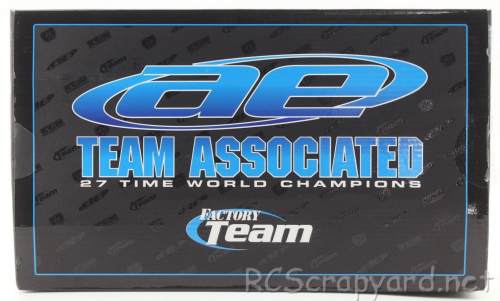
★ Team Associated TC4 Club Racer Chassis ★
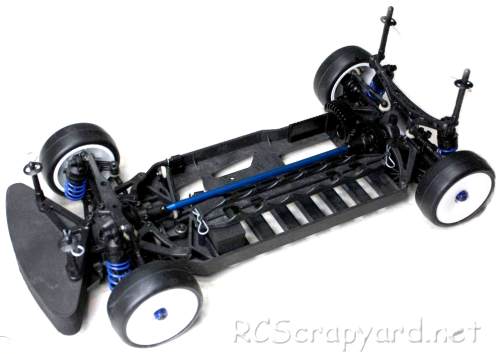
★ Team Associated TC4 Club Racer ★
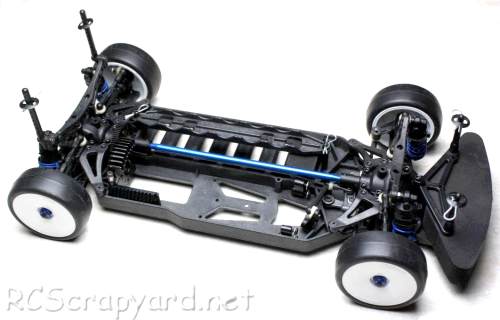
★ Team Associated TC4 Club Racer Chassis ★
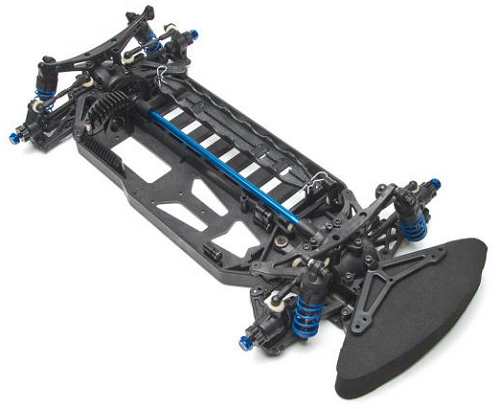
★ Team Associated TC4 Club Racer ★
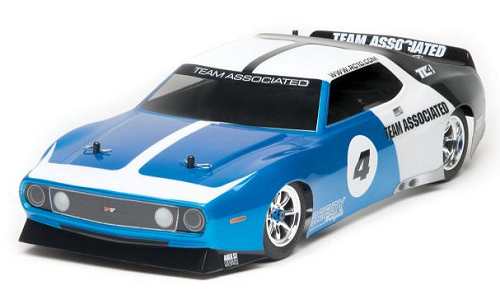
|
Buying a Used Team Associated TC4 Club Racer
|
|
Manufacturers and Brands Catalogued, Listed and Reviewed by RC-Scrapyard.
At present, the RC Model Manufacturers, Brands and Distributors covered by us are: ABC Hobby, Academy, Acme Racing, Agama Racing, Amewi, Ansmann Racing, ARRMA, Team Associated, Atomic RC, Axial, AYK, Bolink, BSD Racing, Capricorn, Carisma, Carson, Caster Racing, Cen, Corally, Custom Works, Durango, Duratrax, ECX - Electrix, Exceed RC, FG Modellsport, FS-Racing, FTX, Fujimi, Gmade, GS-Racing, Harm, HBX, Helion, Heng Long, Himoto Racing, Hirobo, Hitari, Hobao, Hong-Nor, Hot Bodies, HPI, HSP, Intech, Integy, Jamara, JQ Products, Kawada, Kyosho, Losi, LRP, Maisto, Mardave, Marui, Maverick, MCD Racing, Megatech, Mugen, New Bright, Nichimo, Nikko, Nkok, Ofna, Pro-Pulse, Protech, PTI, RC4WD, Redcat Racing, RJ-Speed, Robitronic, Schumacher, Seben, Serpent, Smartech, Sportwerks, Step-Up, Tamiya, Team-C Racing, Team Magic, Thunder Tiger, Tomy, Top Racing, Traxxas, Trinity, Tyco, Vaterra RC, Venom, VRX Racing, WLToys, X-Factory, Xmods, Xpress, Xray, XTM, Yankee RC, Yokomo, ZD Racing and Zipzaps. |
|
Hints, Tips and Information
Roll Center
One of the least understood settings on RC model cars is concept of roll center. The simple definition of roll center is a point in space that the chassis rolls from side to side as the car maneuvers around a corner. The Effect of Roll Center on your Car
But what does all this mean? I hear you ask. Well, it gives you some insight to what changing the position of your camber links can do to the way your car handles. |
|
Hints, Tips and Information
Slipper Clutch and Hydra-Drive
More often installed on Off-Road RC Models, the Slipper Clutch has been around since the late 1990s. Basically the idea is to prevent wheel spin and increase traction under acceleration, to improve the cars stability from a standing start, when landing from jumps or on corner exits. It also protects the spur gear and drivetrain, to some degree, when using a high torque motor. |
|
RC Models:
|
Radio & Motors: |
Other
Accessories: |